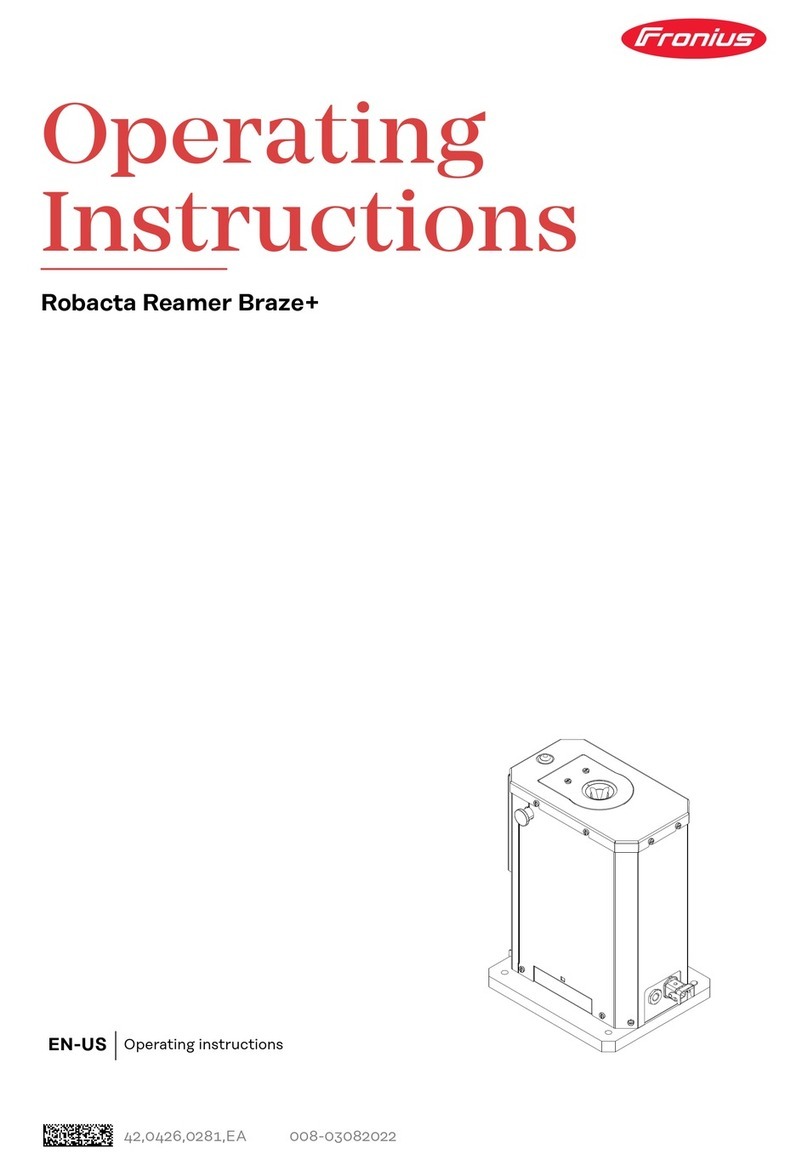
5
EN
Contents
Safety rules ................................................................................................................................................ 7
General ................................................................................................................................................. 7
Proper use ............................................................................................................................................ 7
Environmental conditions...................................................................................................................... 7
Obligations of the operator.................................................................................................................... 8
Obligations of personnel ....................................................................................................................... 8
Specific hazards.................................................................................................................................... 8
Protecting yourself and others .............................................................................................................. 8
Risks from mains current and operating current ................................................................................... 9
EMC Device Classifications .................................................................................................................. 10
EMC measures ..................................................................................................................................... 10
Safety measures at the installation location and during transport ........................................................ 11
Safety measures in normal operation ................................................................................................... 11
Commissioning, maintenance and repair.............................................................................................. 12
Safety inspection................................................................................................................................... 12
Disposal ................................................................................................................................................ 12
Safety symbols...................................................................................................................................... 12
Data protection...................................................................................................................................... 12
Copyright............................................................................................................................................... 13
General 15
General ...................................................................................................................................................... 17
Device concept ..................................................................................................................................... 17
Application areas .................................................................................................................................. 17
Warning notices on the device.............................................................................................................. 17
Parting agent types and their use ......................................................................................................... 19
Functional principle .................................................................................................................................... 20
Functional principle ............................................................................................................................... 20
Magnetic flux densities within the cleaning coil for Robacta TC 2000, Robacta TC 2000 US.............. 22
Magnetic flux densities within the cleaning coil for Robacta TC 2000 Twin, Robacta TC 2000 Twin US 23
Scope of supply and options...................................................................................................................... 24
General ................................................................................................................................................. 24
Scope of supply .................................................................................................................................... 24
Available options................................................................................................................................... 24
Transport.................................................................................................................................................... 25
Vehicles ................................................................................................................................................ 25
Transport notices on the packaging...................................................................................................... 25
Controls, connections and mechanical components 27
Safety......................................................................................................................................................... 29
Safety.................................................................................................................................................... 29
Standard I/O connecting plug (X1) pin assignment for robot control ......................................................... 30
General ................................................................................................................................................. 30
Standard I/O connecting plug (X1) pin assignment .............................................................................. 30
Controls, connections and mechanical components.................................................................................. 32
General ................................................................................................................................................. 32
Control panel......................................................................................................................................... 32
Robacta TC 2000, Robacta TC 2000 US connections and mechanical components........................... 33
Robacta TC 2000 Twin, Robacta TC 2000 Twin US connections and mechanical components ......... 35
Installation and commissioning 37
Safety......................................................................................................................................................... 39
Safety.................................................................................................................................................... 39
Before commissioning................................................................................................................................ 41
Operators, maintenance personnel....................................................................................................... 41
Setup regulations .................................................................................................................................. 41
Compressed air supply specifications................................................................................................... 41
































